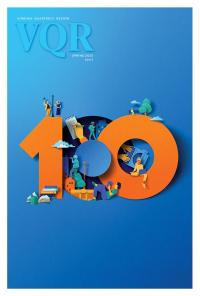
Christopher Merrill
Biography
Christopher Merrill has published four collections of poetry, including Brilliant Water and Watch Fire, for which he received the Peter I. B. Lavan Younger Poets Award from the Academy of American Poets and four books of nonfiction, including Things of the Hidden God: Journey to the Holy Mountain. His work has been translated into twenty-five languages, and he is the book critic for the daily radio news program, The World. He directs the International Writing Program at the University of Iowa.

